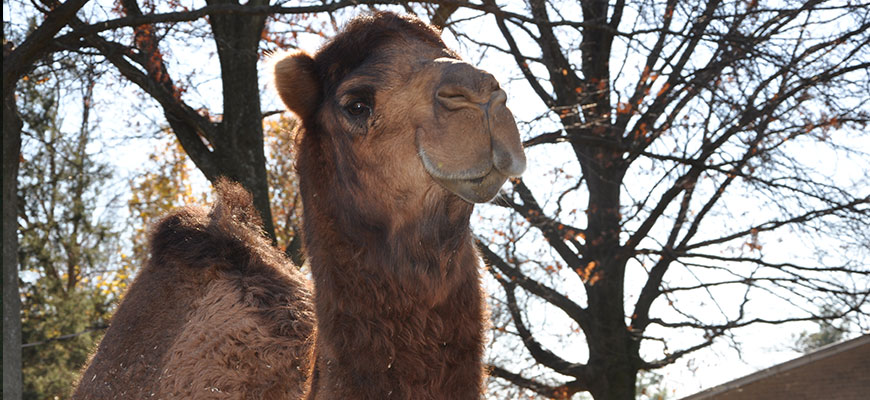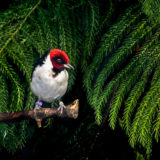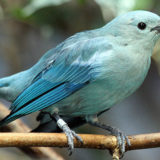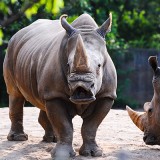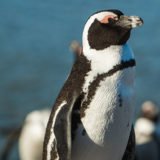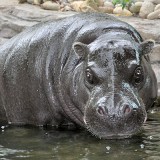RANGE
Southwest Asia and North Africa. Feral in Australia.
HABITAT
Semi-arid and arid grassland, deserts, plains.
SIZE
1000 to 1400 pounds. 7 – 11 feet tall.
REPRODUCTION
Bear single young. 13 – 14 month gestation.
DIET
Wild: Grasses, scrub, almost any vegetation. Can drink salt water.
Zoo: Hay oats, Dairy Chow, carrot surprise (carrots, onions & sweet potatoes)
BEHAVIOR
- Often ill-tempered.
- Gurgling sound in throat is a sexual display.
- Can inflict a lethal bite with large mouth and rear canines.
- Can kick in all directions as a defense.
POINTS OF INTEREST
- Camels have a 3 chambered stomach.
- The only mammal with oval blood cells — this may have something to do with the fluid intake.
- Camels can stand much greater dehydration than man (25% vs. 10% water loss).
- Can drink 30 gallons in about 10 minutes.
- Have huge feet with soft pads act as “snow shoes” for walking on sand.
- Have thick knee pads and a chest pad.
- The camel does not store water in the hump, but can do so in the stomach lining.
- During long treks the hump is used for food and when broken down, water is a byproduct.
- Hump actually sags after long trips.
- Can carry up to 600 pounds and cover 30 miles in a day.
- Closable nostrils, extra eyelashes, and hair in ears are adaptations for sand storms.
STATUS
Domesticated.
REFERENCES
Camels and Llamas. Encyclopedia of Mammals. (Barnes & Noble, Inc), 1999; 512.
Even-toed Ungulates. Encyclopedia of Animals. (Fog City Press), 1993; 199.

